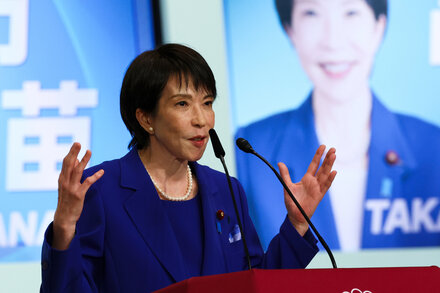
The 2018-2019 United States federal government shutdown, which became the longest in the nation’s history, concluded after 35 days amidst a significant political standoff over border security funding. The shutdown, stretching from December 22, 2018, to January 25, 2019, saw President Donald Trump demand $5.7 billion for a wall on the U.S.-Mexico border, a request met with unified opposition from congressional Democrats.
The core of the dispute revolved around the President’s campaign promise to build a border wall and his insistence that Congress appropriate funds for its construction. Democrats, who had gained control of the House of Representatives in the 2018 midterm elections, rejected the demand, arguing that the wall was an ineffective and expensive solution to border security issues. They offered alternatives focusing on technology and increased personnel.
Democratic Strategy and Stance
Throughout the shutdown, the Democratic party, led by then-Speaker Nancy Pelosi, maintained a consistent and unified front. Their strategy involved refusing to negotiate on wall funding while the government remained shut down, insisting that federal agencies should be reopened before any discussions on border security could take place. This approach aimed to place the onus of the shutdown squarely on the President and the Republican party.
“We’re not doing a wall. It’s not a wall. It’s a political stunt,” Speaker Pelosi stated at the time, emphasizing that Democrats would not compromise on the principle of keeping the government open.
Democrats regularly highlighted the impact of the shutdown on approximately 800,000 federal workers, who were either furloughed or forced to work without pay. They also drew attention to disruptions in essential government services, including airport security, food inspections, and national park maintenance, framing the shutdown as detrimental to the American public.
The Resolution
As the shutdown progressed, public opinion polls indicated growing disapproval of the President’s handling of the situation and increasing support for the Democratic position. The economic toll also began to mount, with various analyses estimating billions of dollars in lost economic activity.
The deadlock finally broke on January 25, 2019, when President Trump announced he would sign a temporary measure to reopen the government for three weeks, allowing federal workers to receive back pay and agencies to resume normal operations. This agreement did not include any new funding for the border wall, effectively capitulating to the Democrats’ demand to separate the reopening of government from the border wall debate.
Upon announcing the agreement, President Trump said, “I have a very powerful alternative, but I’m not going to use it right now.” This comment alluded to the possibility of declaring a national emergency to reallocate funds for the wall, which he later did in February 2019.
Many political analysts and commentators at the time characterized the outcome as a significant political victory for Democrats, particularly for Speaker Pelosi, who had successfully held her caucus together against presidential pressure. The strategy of unified opposition, focusing on the human and practical costs of the shutdown, was widely discussed as an effective maneuver that ultimately forced the President’s hand without conceding on the central policy disagreement.
The shutdown underscored the deep partisan divisions in Washington and set a precedent for future debates over presidential and congressional power regarding budget appropriations.
Source: Read the original article here.





